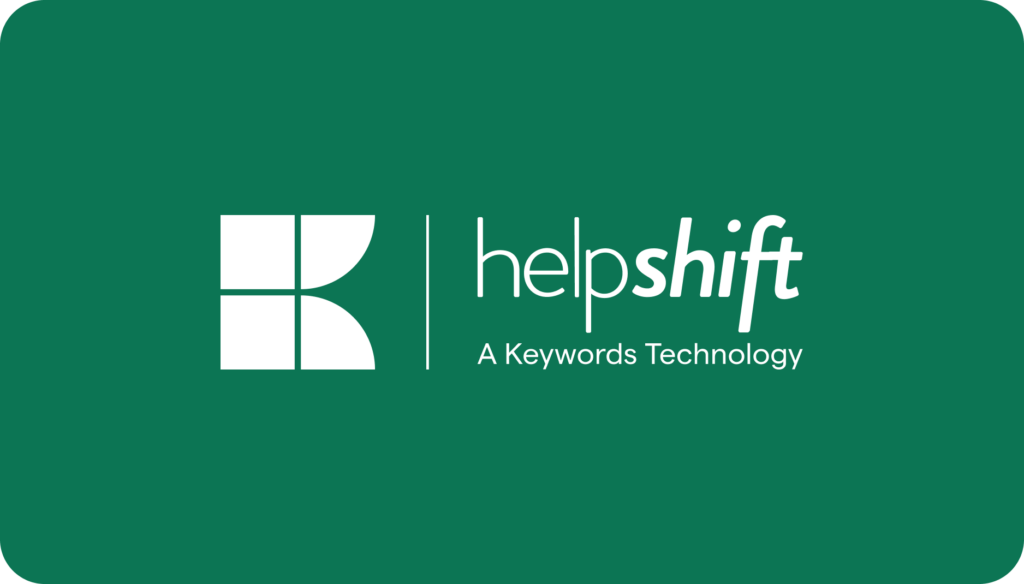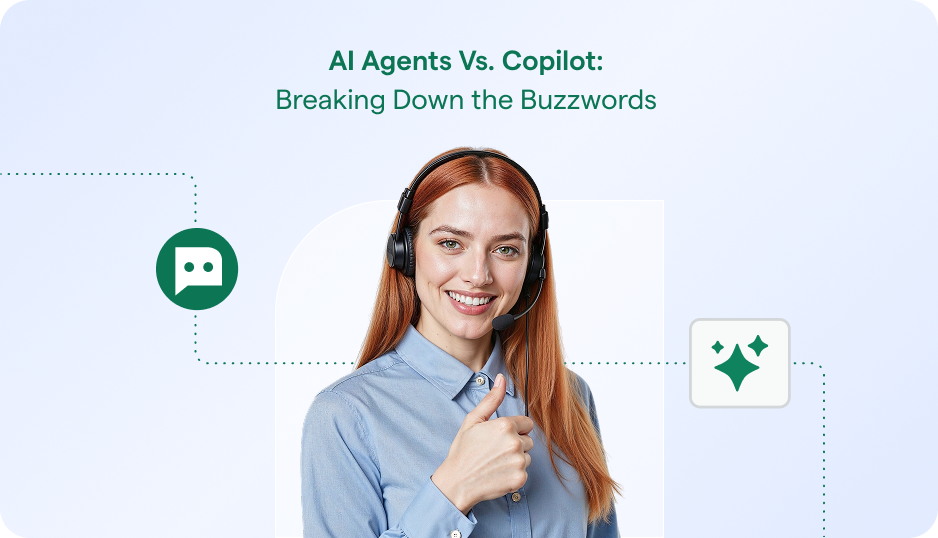What is Average Handle Time?
Average handle time (AHT) is an average of the time it takes to solve a customer’s problem. It’s a call center metric that refers to the average duration of an entire transaction, from the initiation of the customer call to the conclusion of any tasks that the call entails for the agent. It includes customer onhold time as well as talk time and follow up.
How Is Average Handle Time Calculated?
Typically, the following formula is used to determine average handle time:
(ATT + ACW) / Number of Tickets = AHT
In this formula, ATT is the average talk time, and ACW is the average after call work time — the time it takes an agent to wrap up all related customer service tasks after completing the call. Adding the two together results in average handle time.

Why Does Average Handle Time Matter in Customer Service?
Digital messaging and chat bots have improved the average handle time for organizations that have integrated them into their customer service paradigms and made interactions between customer service agents and customers highly efficient. Assuming that your customers’ time is valuable (and frankly, so is your agents’), your interest should lie in decreasing average handle time as much as possible.
Methods to minimize average handle time include:
- Minimizing on-hold times so that customers spend less time in queue
- Optimizing talk times so that agents serve customers faster and more efficiently
- Increasing the number of calls that each agent or the customer service system overall can handle
How Helpshift Supports Average Handle Time
Given the objectives above to reduce average handle time, it makes sense that automating aspects of your customer service and integrating your automated and live customer service options together would be a valuable approach. Helpshift supports this mission by integrating AI-enhanced chatbots into your customer service paradigm. An AI engine powers intent detection and classification so that incoming customer support requests are automatically triaged. The AI machine determines issue types, labels conversations, and prompts customers for additional information. When and if a customer is transferred to a live agent, that agent receives the full history and information on the customer inquiry and can jump in without a lot of ramp-up time.
Additional Information About Average Handle Time
- Support: Guide: Power BI Reports Overview



